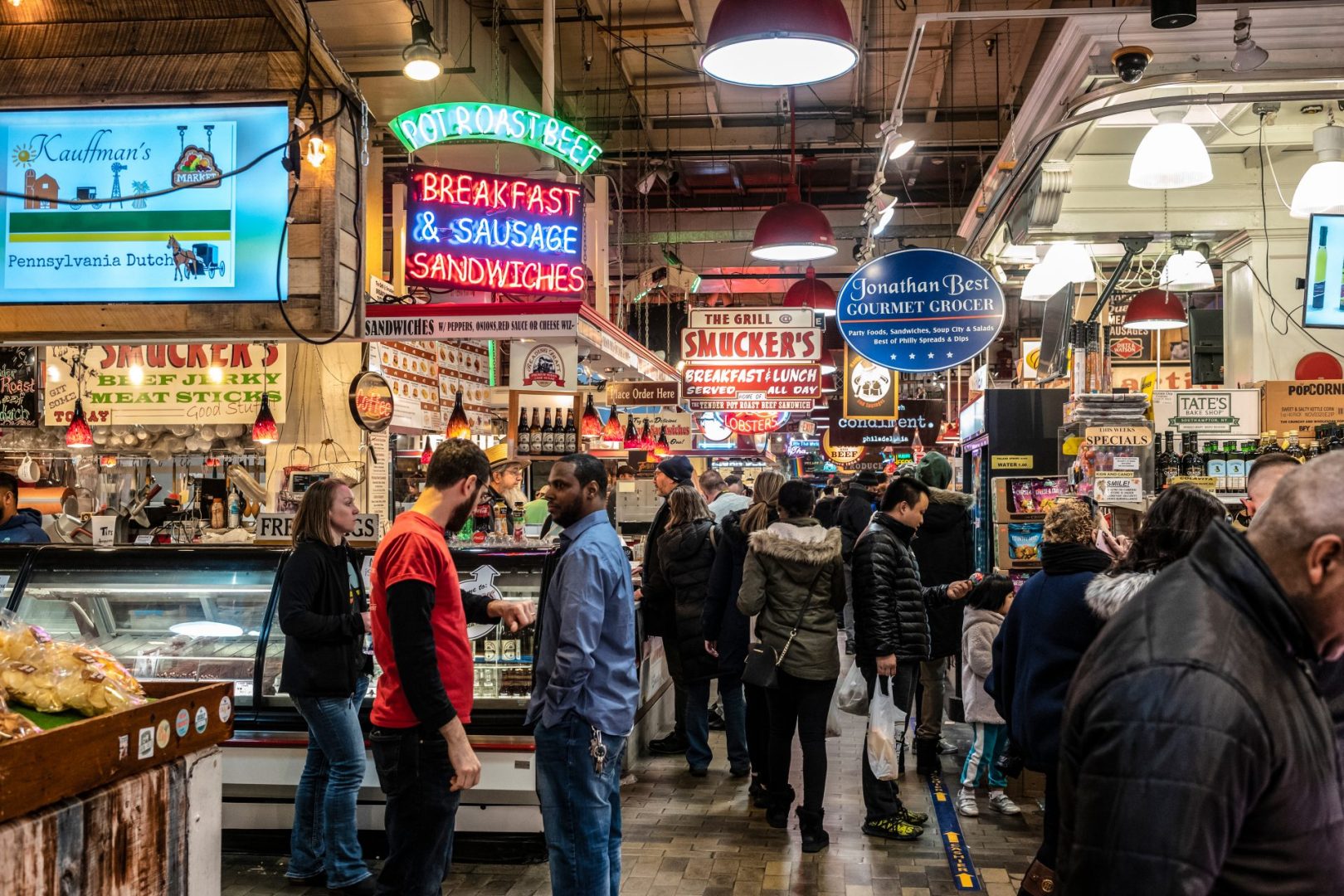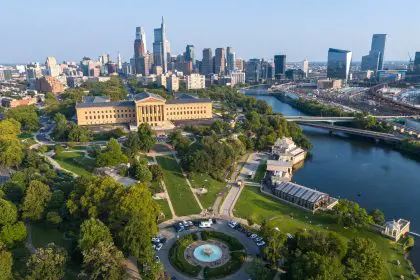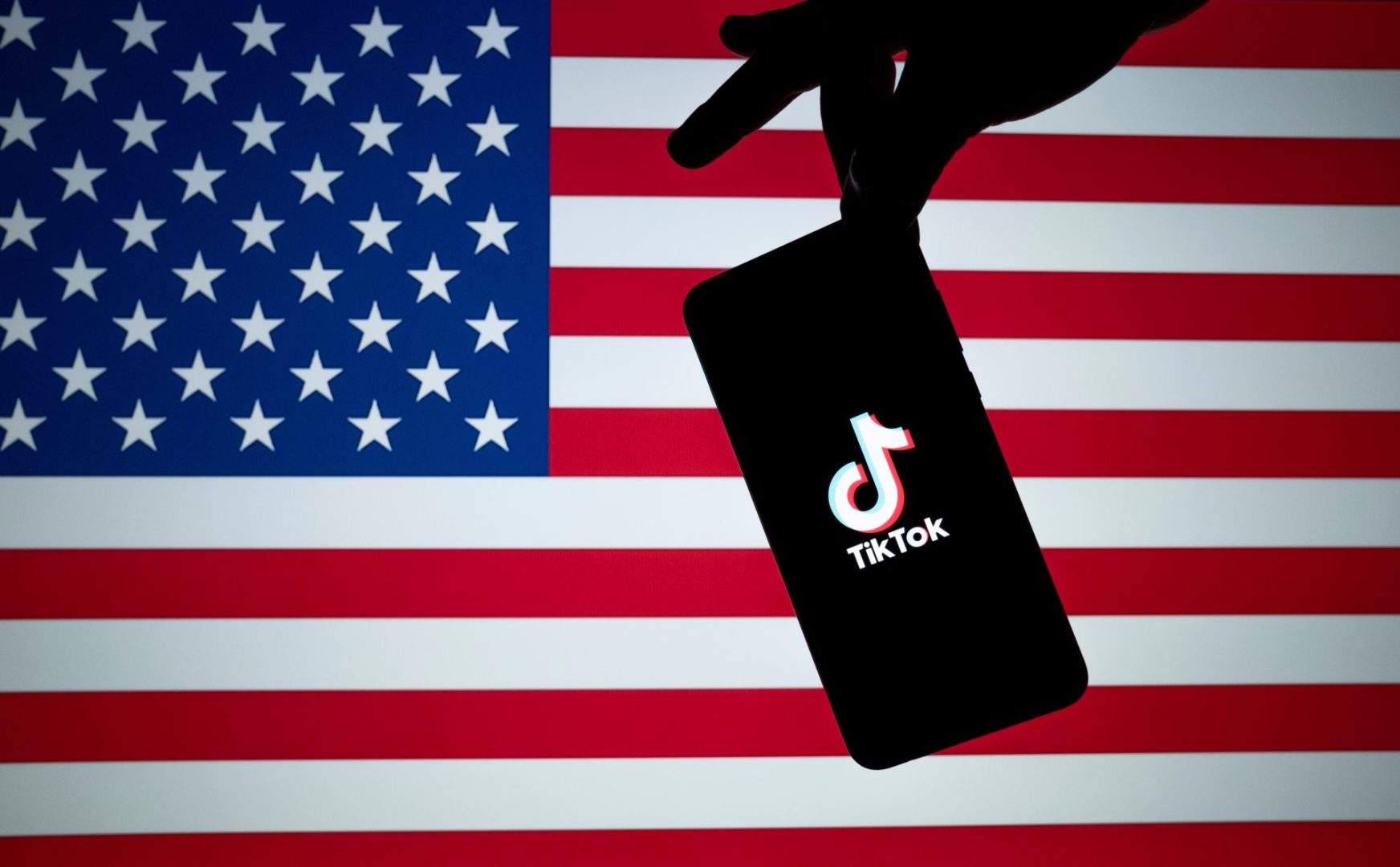Philadelphia is feeling the squeeze in 2025 as economic tremors ripple through the city, sparked by the Trump administration’s latest round of tariffs. Announced just days ago, these trade policies are shaking up the local food and beverage scene, jacking up car costs, and putting thousands of jobs at risk. As of April 8, 2025, the City of Brotherly Love is bracing for a tough stretch ahead, with residents and businesses alike caught in the crosshairs of federal decisions that threaten to reshape daily life. From cheesesteaks to county services, here’s how these changes are hitting Philly hard—and what it means for the months to come.
Tariffs jolt food and beverage industries
Philadelphia’s food and beverage landscape, a cornerstone of its cultural identity, is facing a steep climb in costs thanks to the new tariffs. With the Trump administration slapping duties on imports from key trading partners—think Canada, Mexico, and China—the price of ingredients and finished goods is ticking upward. Local eateries, from corner delis to upscale bistros, are grappling with pricier supplies for staples like cheese, produce, and spirits. A hoagie that once cost $10 might soon nudge closer to $12, while a pint of craft beer at a Center City taproom could see a similar bump.
The impact isn’t limited to dine-in spots. Grocery stores across Philly, from Reading Terminal Market to neighborhood Acmes, are seeing the strain too. Imported goods—olive oil from Europe, avocados from Mexico, even spices from Asia—are getting hit with extra costs that trickle down to shoppers. For a city where food is both livelihood and pride, these tariffs are a gut punch. Restaurant owners and grocers are left with tough choices: absorb the hit and shrink their margins or pass it on to customers already stretched thin by years of rising prices. In 2025, Philly’s culinary heartbeat is racing to keep up.
Car prices rev up as dealers sound the alarm
Over at Philly’s car lots, the mood is just as grim. The tariffs aren’t sparing the auto industry, with dealers warning that vehicle prices—and repair bills—are about to climb. Imports from Canada and Mexico, including parts for American-made cars, now carry a 25% tax, while Chinese components face an additional 20%. That Toyota Tacoma rolling off a lot in Northeast Philly? Expect a price tag swelling by thousands. Even repairs are getting pricier as mechanics shell out more for foreign-sourced parts like alternators or brake pads.
For a city where public transit like SEPTA doesn’t reach every corner, cars are a lifeline for many. Dealerships along Roosevelt Boulevard and in South Philly are bracing for sticker shock to scare off buyers, potentially stalling sales in a market that’s already jittery. Used car lots might see a boom as folks dodge new-car costs, but even those prices could creep up as supply tightens. With analysts estimating a $2,700 average hike per vehicle nationwide, Philly drivers—whether commuting to the suburbs or hauling kids to school—are staring down a costly road ahead.
Job cuts and funding losses rattle the workforce
The economic fallout doesn’t stop at prices—it’s slicing into Philly’s workforce too. Over 3,600 IRS employees in the city, mostly at the agency’s sprawling facility near 30th Street Station, are facing potential layoffs. These cuts stem from broader federal belt-tightening under the Trump administration, which has vowed to shrink government spending. For these workers—many of whom process tax returns for the entire Northeast—the uncertainty is a personal blow in a city where stable jobs are gold.
It’s not just the IRS feeling the pinch. Federal funding losses are threatening public health positions and county services across Philadelphia. Programs that tackle everything from lead poisoning in old rowhomes to mental health support in underserved neighborhoods are on the chopping block. County workers who keep the city’s libraries, parks, and clinics running could see hours slashed or jobs vanish entirely. With Philly’s poverty rate already hovering above 20%, these losses hit hardest where resilience is thinnest. The tension is palpable—community advocates warn that cutting these lifelines could unravel years of progress in a city still clawing back from past economic scars.
A city on edge as tensions mount
Philadelphia’s latest economic chapter is unfolding against a backdrop of unease. The tariffs, rolled out this week, are part of a broader Trump strategy to reshape global trade, but here they’re stoking local fears. Small business owners—whether slinging pretzels in Old City or fixing flats in Germantown—worry about staying afloat as costs rise and customers tighten their belts. Families, meanwhile, are juggling grocery budgets and car payments with less help from strained public services.
The city’s history of grit is being tested anew in 2025. Posts on X from local voices echo the strain—some lament the soaring price of a good cheesesteak, others fret over job security. With stormy weather already disrupting daily life this week, the economic clouds feel just as heavy. Philly’s not down yet, but the road ahead demands resilience. As spring unfolds, all eyes are on how these ripples settle—and whether the city can weather this latest storm.

















